7 Ways Chinchillas Use to Protect Themselves in the Wild
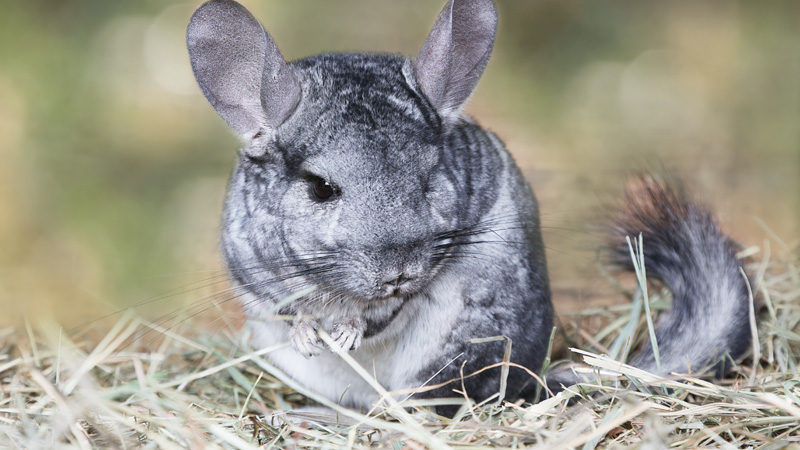
Chinchillas, with their endearing appearance and gentle disposition, may not strike observers as formidable warriors of the animal kingdom. Yet, within their tiny frames lies a repertoire of defense mechanisms finely tuned by evolution to ensure their survival in the wild.
From swift maneuvers to chemical deterrents, chinchillas have developed a fascinating array of tactics to protect themselves from predators and other threats.
In this comprehensive exploration, we'll delve into the world of chinchilla defense mechanisms, unraveling the strategies these small rodents employ to safeguard themselves in their native habitats.
1. The Agile Art of Evasion
Chinchillas are renowned for their speed and agility, traits that serve as their first line of defense against predators. These small rodents can reach remarkable speeds, darting across rocky terrain with breathtaking swiftness. Their nimble bodies are perfectly adapted for navigating the rugged landscapes of their native Andean habitats, allowing them to evade predators with ease.
When faced with danger, chinchillas rely on their agility to outmaneuver their adversaries. They can leap several feet in a single bound, using their powerful hind legs to propel themselves to safety. Their small size and lightweight build enable them to navigate narrow crevices and tight spaces, providing them with escape routes that larger predators may struggle to follow.
2. Camouflage and Concealment
In addition to their impressive speed and agility, chinchillas employ camouflage and concealment tactics to avoid detection by predators. Their natural fur coloration, typically a mottled gray or brown, allows them to blend seamlessly into the rocky terrain of their mountainous habitats. This cryptic coloration helps chinchillas remain hidden from predators such as foxes, birds of prey, and mountain cats.
Chinchillas are also adept at finding hiding spots among rocks, bushes, and crevices, where they can seek refuge from potential threats. Their small size and flexible bodies enable them to squeeze into tight spaces, providing them with shelter and protection from predators. By remaining motionless and silent, chinchillas can further reduce the likelihood of detection, increasing their chances of survival in the wild.
3. Vocalizations and Alarm Calls
Communication plays a crucial role in chinchilla defense strategies, with vocalizations and alarm calls serving as vital warning signals to alert others in the group to potential threats. Chinchillas use a variety of vocalizations, including high-pitched squeaks and chirps, to communicate with each other and convey information about their surroundings.
When they sense danger, chinchillas emit alarm calls to alert others in the group to the presence of predators or other threats. These alarm calls serve as a warning to other chinchillas to be vigilant and take evasive action if necessary. By coordinating their responses to potential dangers, chinchillas can effectively defend themselves and their group members from harm.
4. Fur Slip and Urine Spraying
In addition to their physical and vocal defenses, chinchillas possess unique chemical defense mechanisms that serve as deterrents to predators. One such defense mechanism is known as "fur slip," which occurs when a chinchilla feels threatened or handled roughly. In response, they release large clumps of fur from their coat, creating a distraction that can startle predators and allow the chinchilla to escape.
Another chemical defense mechanism employed by chinchillas is urine spraying. When threatened or agitated, chinchillas may release a spray of urine in the direction of the perceived threat. The strong odor of chinchilla urine can be unpleasant and off-putting to predators, serving as a deterrent that may discourage further pursuit.
5. Group Living
Chinchillas are social animals that typically live in groups, known as herds or colonies, in the wild. Group living provides chinchillas with safety in numbers, as they can rely on the vigilance of other group members to detect and deter predators. When one chinchilla detects danger, it will emit alarm calls to alert the rest of the group, allowing them to take evasive action collectively.
Living in groups also provides chinchillas with opportunities for social grooming and mutual protection. They groom each other's fur, removing parasites and debris, which helps maintain their overall health and hygiene. Additionally, group members can work together to defend against predators, mobbing and harassing larger animals to drive them away from the group's territory.
6. Nocturnal Behavior
Chinchillas are primarily nocturnal animals, meaning that they are most active during the night. This behavior helps them to avoid predators that are more active during the day. By venturing out at night when predators are less active, chinchillas reduce their exposure to potential threats and increase their chances of survival.
7. Burrowing
Chinchillas have strong forelimbs and sharp claws that allow them to dig burrows in the ground. Burrowing provides them with shelter and protection from predators, extreme weather conditions, and other potential dangers. These burrows can be complex systems with multiple entrances and chambers, allowing them to escape quickly and evade predators seeking to capture them.
Protecting Chinchillas and Their Habitats
Despite their formidable defense mechanisms, chinchillas face numerous threats to their survival in the wild. Habitat loss, overhunting, and the fur trade have led to significant declines in wild chinchilla populations, prompting conservation efforts to protect these iconic rodents and their fragile mountain habitats.
Today hunting is prohibited and chinchillas are protected by international agreements such as the Convention on International Trade in Endangered Species of Wild Fauna and Flora (CITES). This provides legal protection and regulates the trade of chinchillas and their products to ensure their conservation.
Conservation initiatives focus on habitat preservation, captive breeding programs, and education about the importance of protecting chinchillas and their native environment. By raising awareness and implementing conservation measures, we can help ensure that chinchillas continue to thrive for generations to come.
You May Also Like
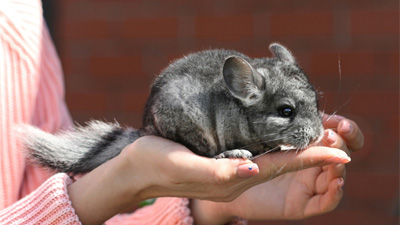 Other PetsTop 30 Unique Chinchilla Names
Other PetsTop 30 Unique Chinchilla Names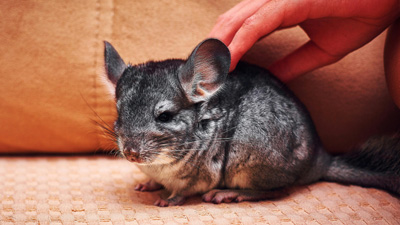 Other PetsBeginner's Guide: What is a Chinchilla?
Other PetsBeginner's Guide: What is a Chinchilla?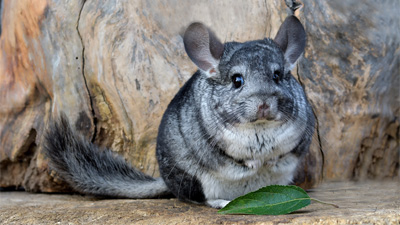 Other PetsWhat do Chinchillas Eat in the Wild
Other PetsWhat do Chinchillas Eat in the Wild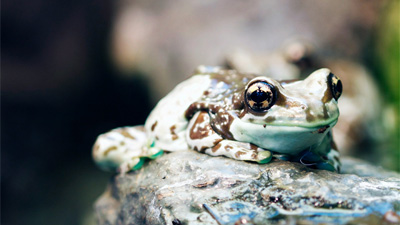 Help & AdviceExploring 10 Easiest Exotic Pets to Take Care Of
Help & AdviceExploring 10 Easiest Exotic Pets to Take Care Of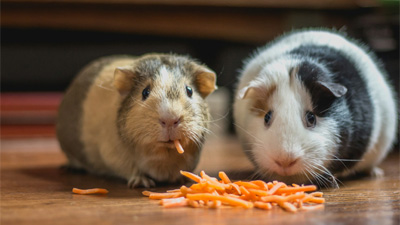 Help & AdviceThese 5 Types of Small Pets Like To Cuddle
Help & AdviceThese 5 Types of Small Pets Like To Cuddle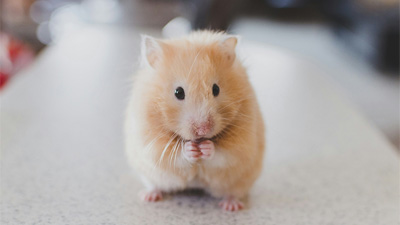 Pet HamsterWhat is the Most Common Type of Hamster?
Pet HamsterWhat is the Most Common Type of Hamster?